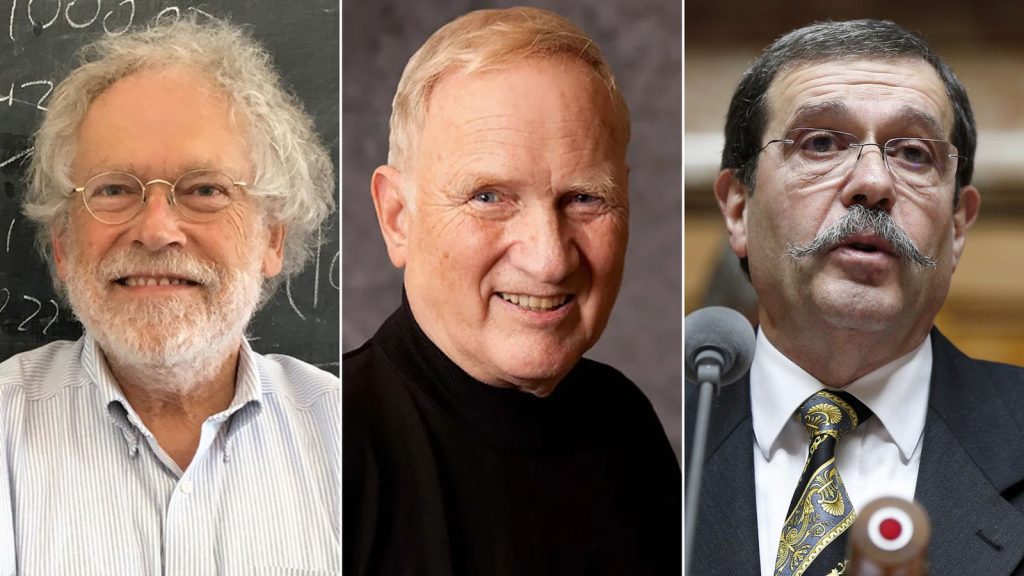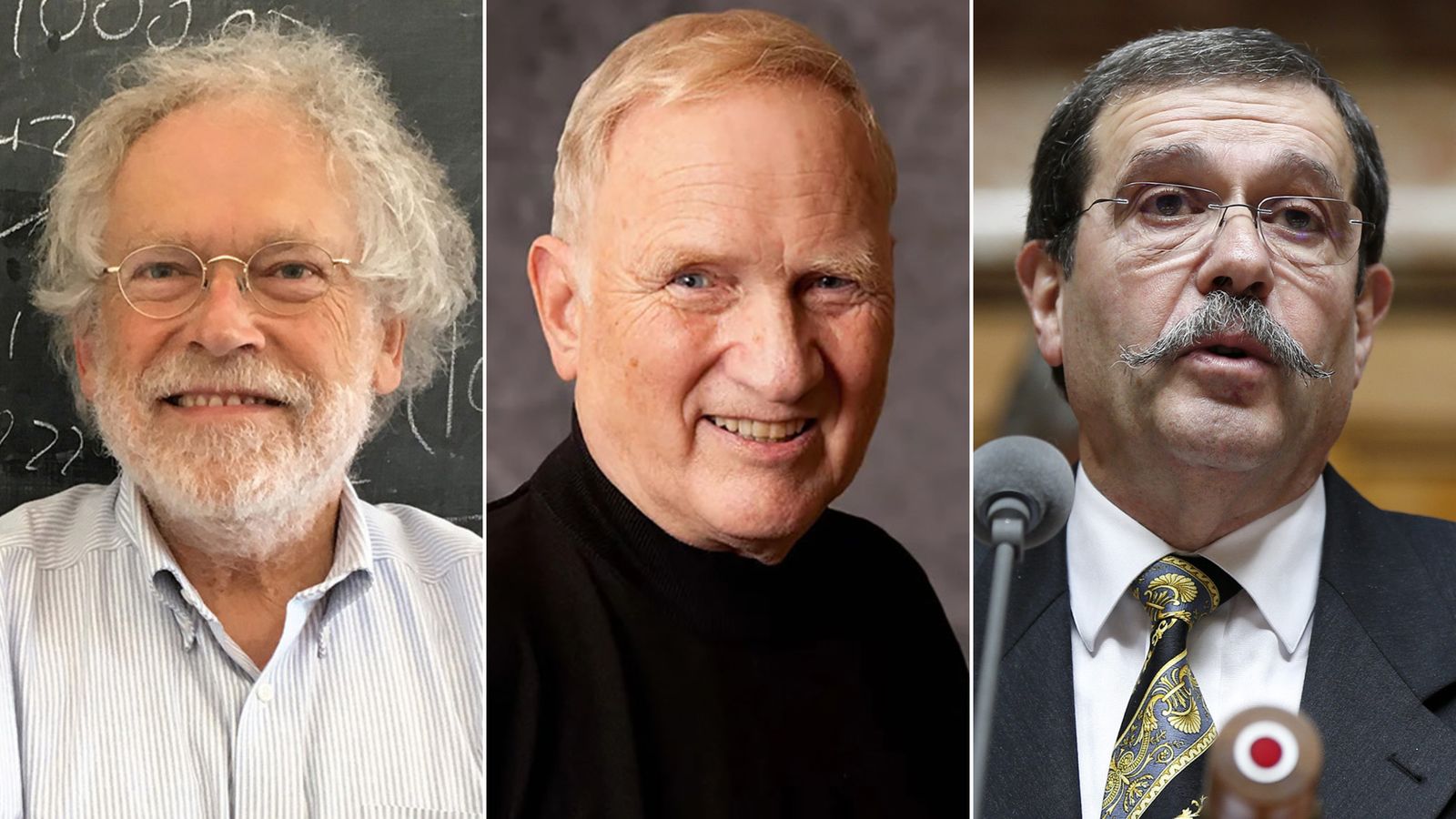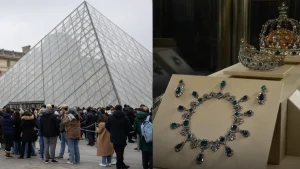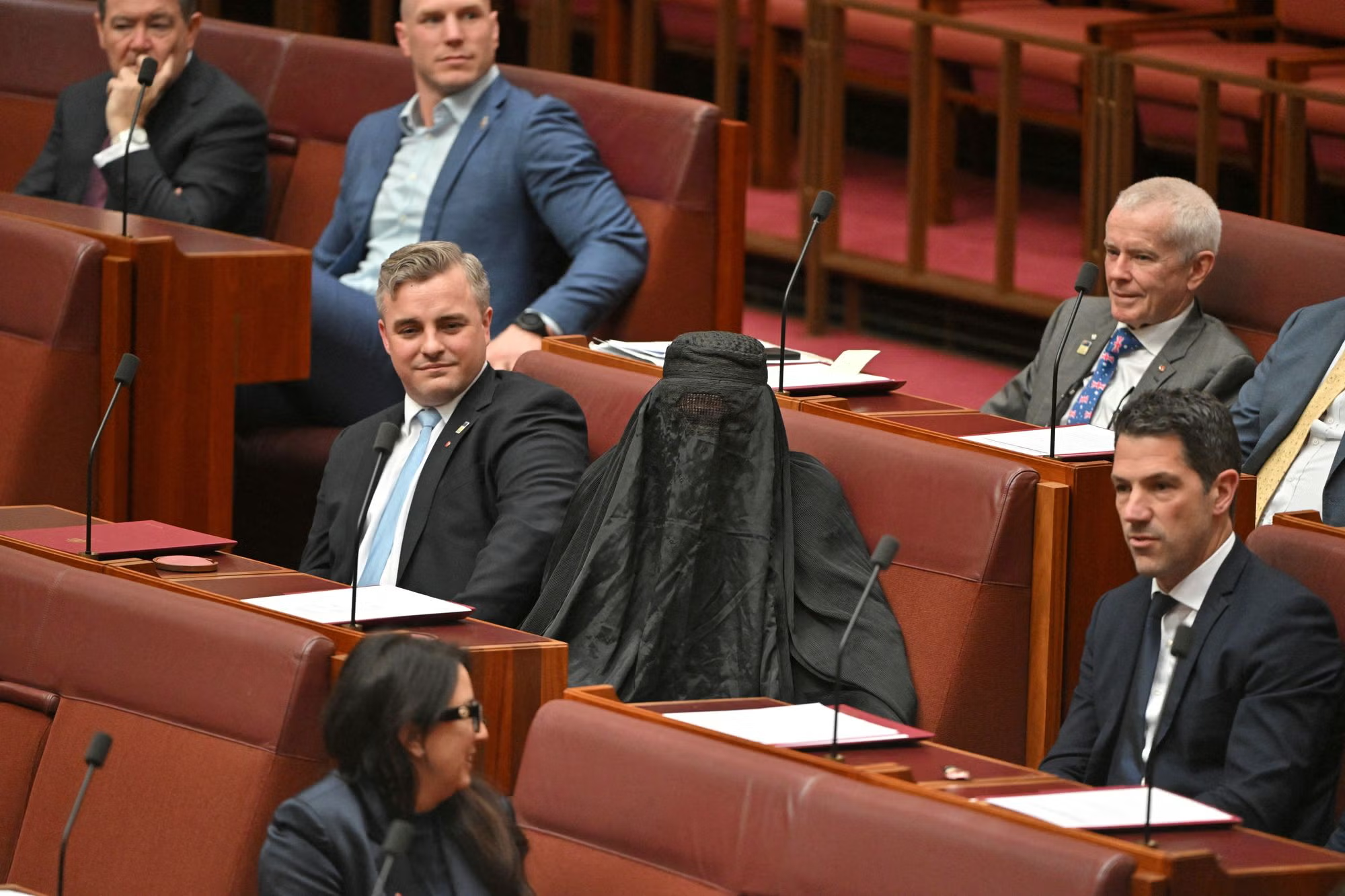John Clarke, Michel Devoret, and John Martinis win the 2025 Nobel Prize in Physics for proving that quantum tunnelling and energy quantisation can occur on visible scales, paving the way for quantum computing and next-gen technologies.

Turning Quantum Theory into Reality
Three pioneering physicists — John Clarke (UK), Michel Devoret (France), and John Martinis (USA) — have been awarded the 2025 Nobel Prize in Physics for groundbreaking experiments that transformed quantum theory from abstract mathematics into practical science.
The Royal Swedish Academy of Sciences recognized the trio “for the discovery of macroscopic quantum mechanical tunnelling and energy quantisation in an electric circuit.” Their landmark work in the 1980s showed that quantum effects can appear in circuits visible to the naked eye — a revelation that changed the course of modern physics.
From Microscopic Mystery to Macroscopic Proof
Quantum mechanics describes how particles behave on subatomic scales, where they can exist in multiple states simultaneously or “tunnel” through barriers — defying classical physics. Clarke, Devoret, and Martinis built superconducting circuits that demonstrated these same quantum effects on a macroscopic scale, proving that quantum laws could shape technology in the real world.
Their findings became the foundation for today’s quantum computers, secure quantum cryptography, and ultra-sensitive sensors that can detect changes in energy at unimaginable precision.
The Legacy of Quantum Pioneers
Olle Eriksson, chair of the Nobel Committee for Physics, hailed the discovery as both “a triumph of imagination and engineering.”
“It’s wonderful to celebrate how century-old quantum mechanics continues to surprise us,” Eriksson said. “It’s also enormously useful — the foundation of all digital technology.”
The Nobel-winning experiments bridged the gap between theoretical physics and technological innovation, helping humanity step closer to the long-envisioned quantum revolution.


















Comments are closed.